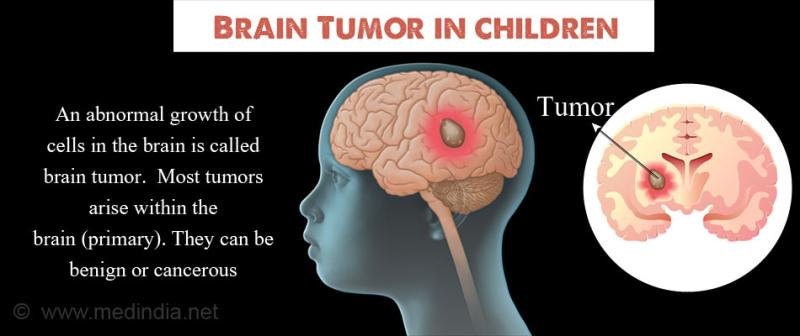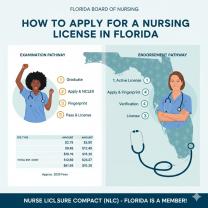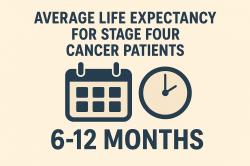Can benign brain tumors come back after treatment?
Yes, benign brain tumors can come back (recur) after treatment, although the likelihood depends on several factors such as the type of tumor, location, and completeness of the initial removal.
Key points:
Benign tumors are non-cancerous and typically grow slower than malignant ones.
Even though they are "benign," some types (like meningiomas or pituitary adenomas) can regrow if not completely removed.
Recurrence is more likely if:
The tumor was only partially removed.
The tumor is in a location where complete removal is difficult.
Certain tumor types have a higher tendency to recur.
Regular follow-up imaging (MRI scans) is important to monitor for any regrowth after treatment.
Summary:
Benign brain tumors can return after treatment, but careful surgical removal and monitoring reduce this risk significantly.
What Factors Influence Recurrence of Benign Brain Tumors?
Several factors influence the likelihood of a benign brain tumor recurring:
Extent of Surgical Removal: This is the most critical factor. If the surgeon can completely remove the tumor, the risk of recurrence is significantly reduced. However, if the tumor is located in a delicate or hard-to-reach area of the brain, some tumor cells may have to be left behind, increasing the risk.
Tumor Type and Grade: While most benign tumors are Grade I (slow-growing), some can be Grade II or even Grade III, which are considered atypical or anaplastic. Higher-grade benign tumors are more likely to recur and may grow faster than Grade I tumors.
Patient's Age and Overall Health: Younger patients may have a higher risk of recurrence because their cells tend to divide and grow more rapidly. A patient's overall health can also impact how they respond to treatment.
Adjuvant Therapies: The use of radiation therapy after surgery can help destroy any remaining tumor cells, thereby reducing the chance of recurrence.
How Are Recurrences Detected and Managed?
The detection and management of a recurrent benign brain tumor is a process of ongoing vigilance and customized treatment.
Detection: Recurrences are primarily detected through regular follow-up scans, typically using MRI.
These scans allow doctors to monitor for any new growth or changes in the size of the tumor. Patients also need to be aware of any returning or new symptoms, such as persistent headaches, seizures, or vision problems, and report them to their healthcare team immediately.
Management: The treatment for a recurrent benign brain tumor depends on the size, location, and type of the new growth, as well as the patient's previous treatments. Management options may include:
Surgery: If the recurrence is in a location that is surgically accessible, another operation may be performed to remove the tumor.
Radiation Therapy: This is a common treatment for recurrences, especially if the tumor couldn't be completely removed the first time. Techniques like stereotactic radiosurgery can deliver a highly targeted dose of radiation to the tumor with minimal damage to surrounding healthy tissue.
"Watchful Waiting": For small, slow-growing tumors that are not causing any symptoms, a doctor might recommend monitoring the tumor with regular scans rather than immediate intervention.
What Are the Survival Rates for Treated Benign Brain Tumors?
Survival rates for benign brain tumors are generally very good, especially when compared to malignant tumors. Statistics are often presented as "5-year" or "10-year" survival rates, which refer to the percentage of people who are still alive five or ten years after their diagnosis. For common types of benign brain tumors like meningiomas, the 5-year survival rate is typically over 85%. However, these rates can vary widely depending on the specific tumor type, its grade, the patient's age, and the success of the initial treatment. In many cases, a completely removed benign tumor can be considered cured, and patients can live a normal lifespan.
Are There Preventative Measures to Reduce Recurrence?
While there are no guaranteed methods to completely prevent a benign brain tumor from recurring, certain measures can significantly reduce the risk and improve long-term outcomes. The most important preventative step is to achieve a complete surgical removal of the initial tumor. This is why a patient's neurosurgeon will strive to remove as much of the tumor as possible without causing harm to critical brain functions.
For tumors that couldn't be completely removed, or for those with a higher risk of recurrence (e.g., Grade II), adjuvant radiation therapy is a crucial preventative measure. This can destroy any microscopic tumor cells that were left behind. Finally, consistent, long-term follow-up care with regular MRI scans is the best way to catch any potential recurrence early, allowing for timely and effective management.












